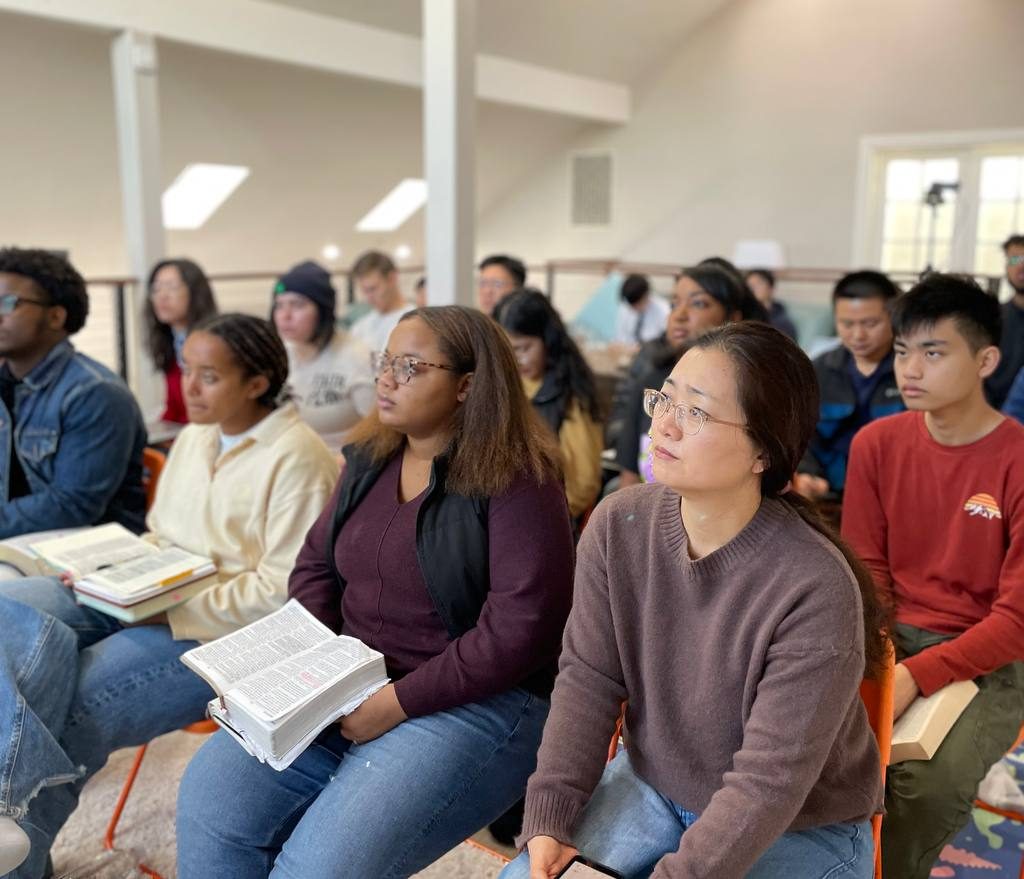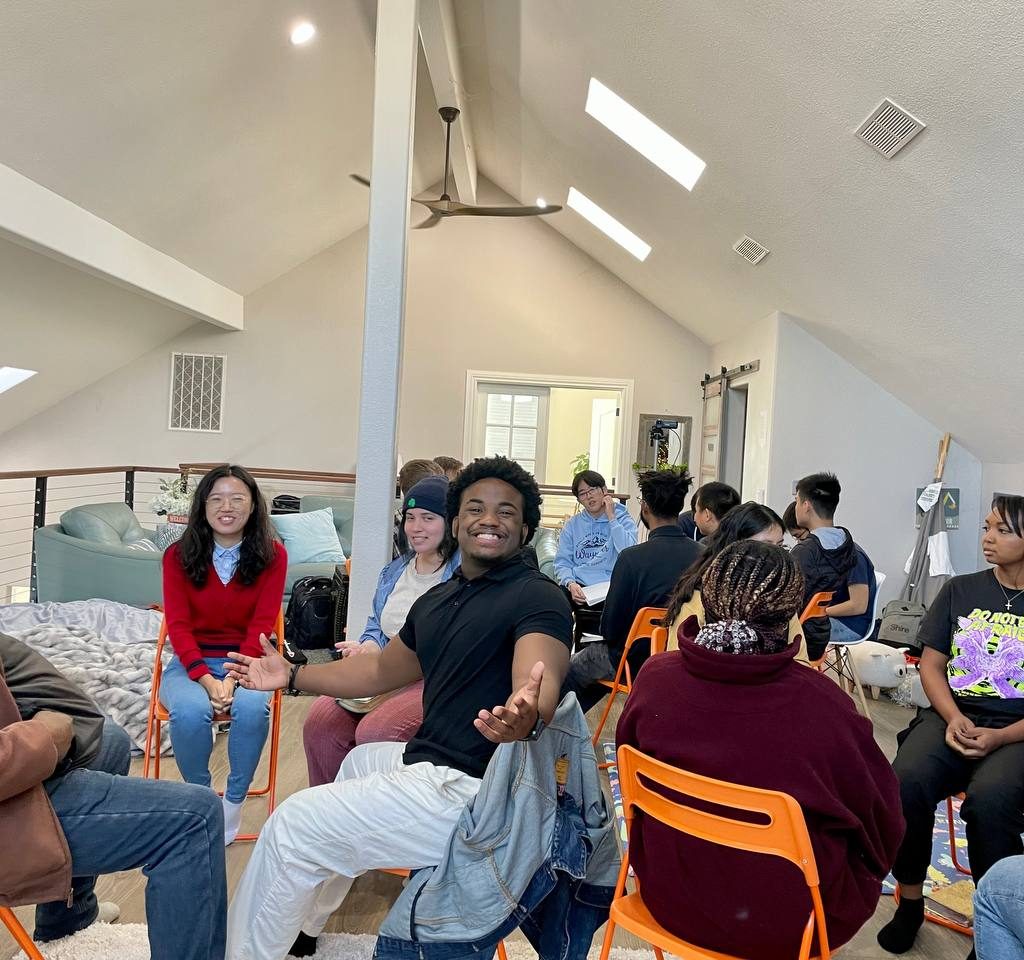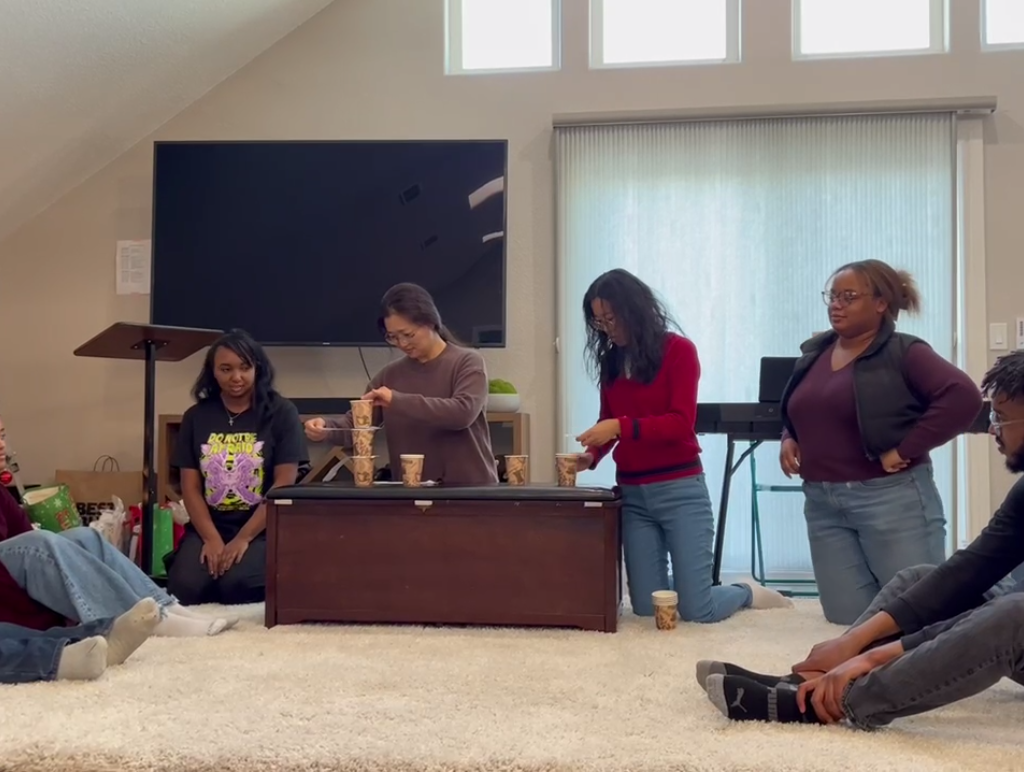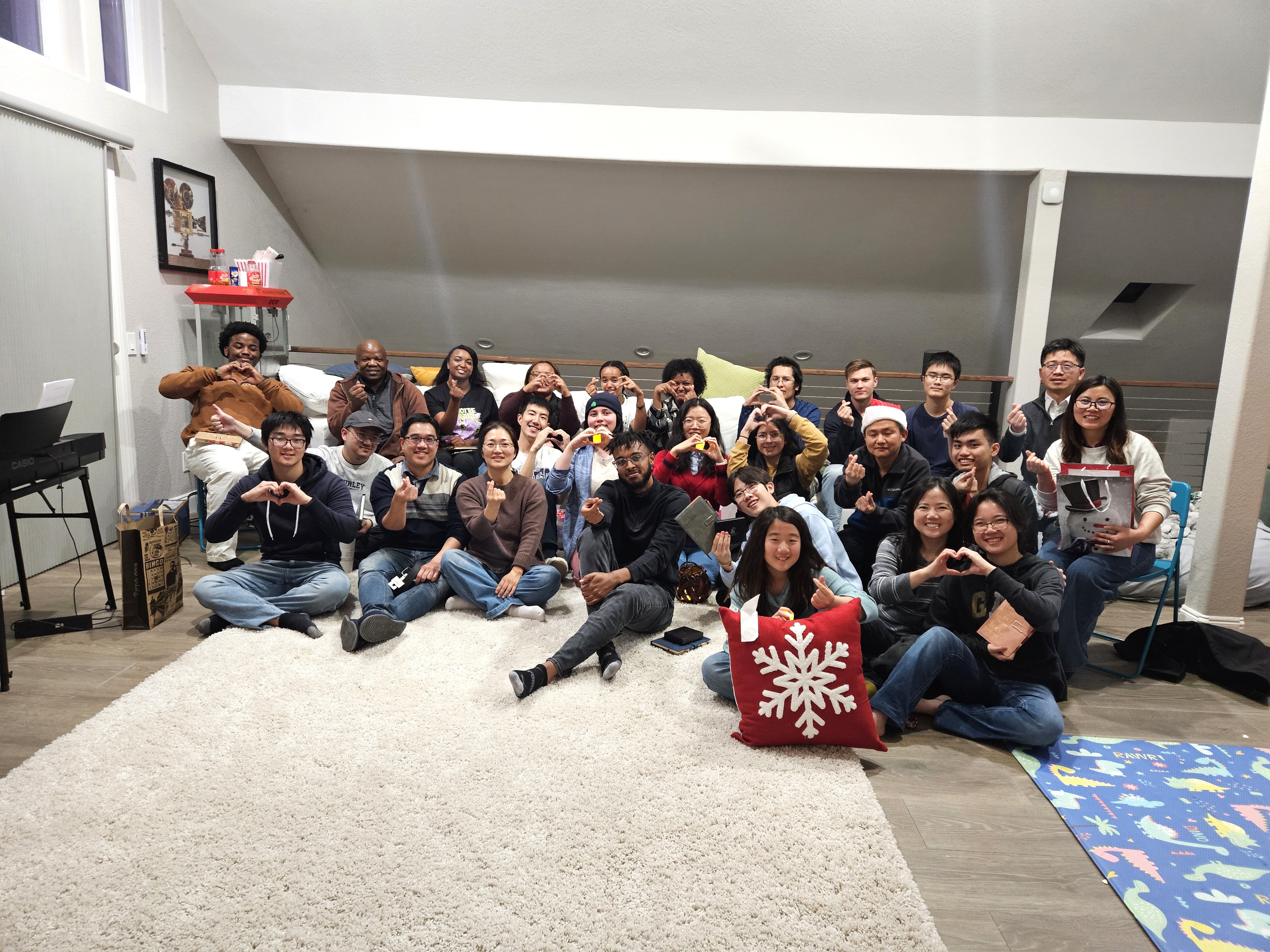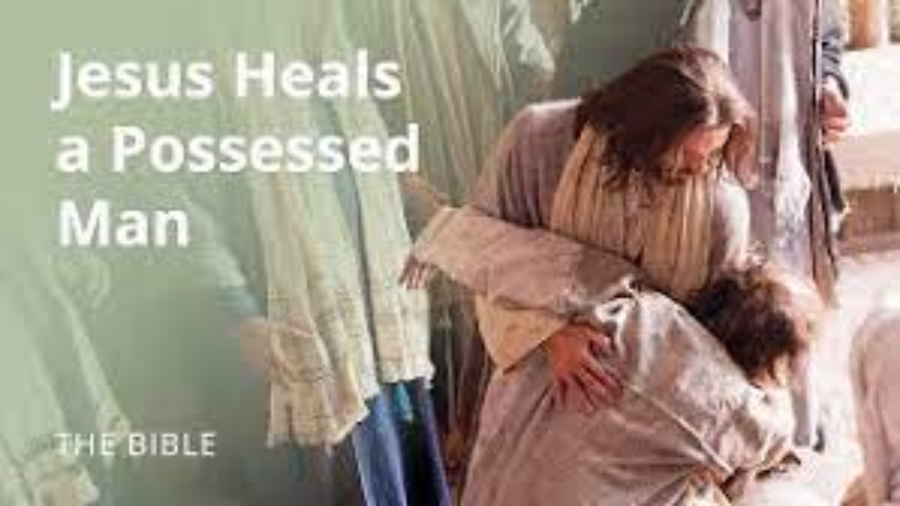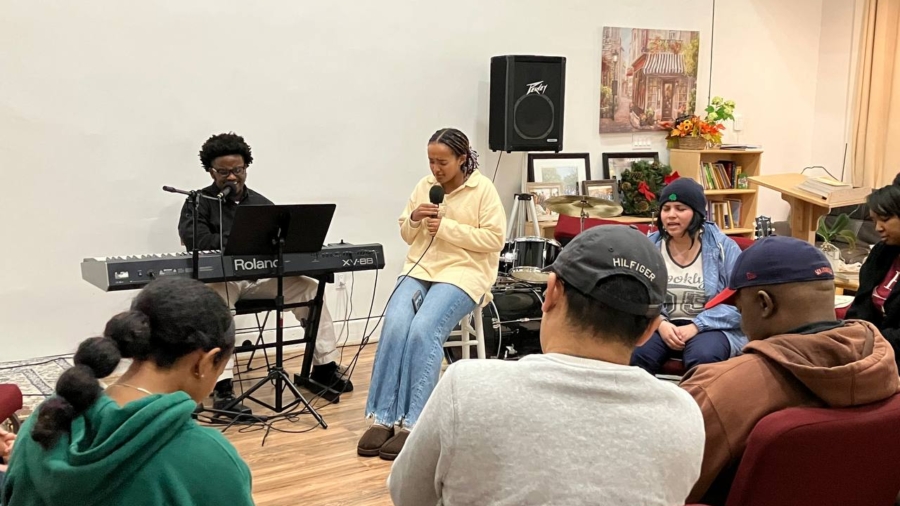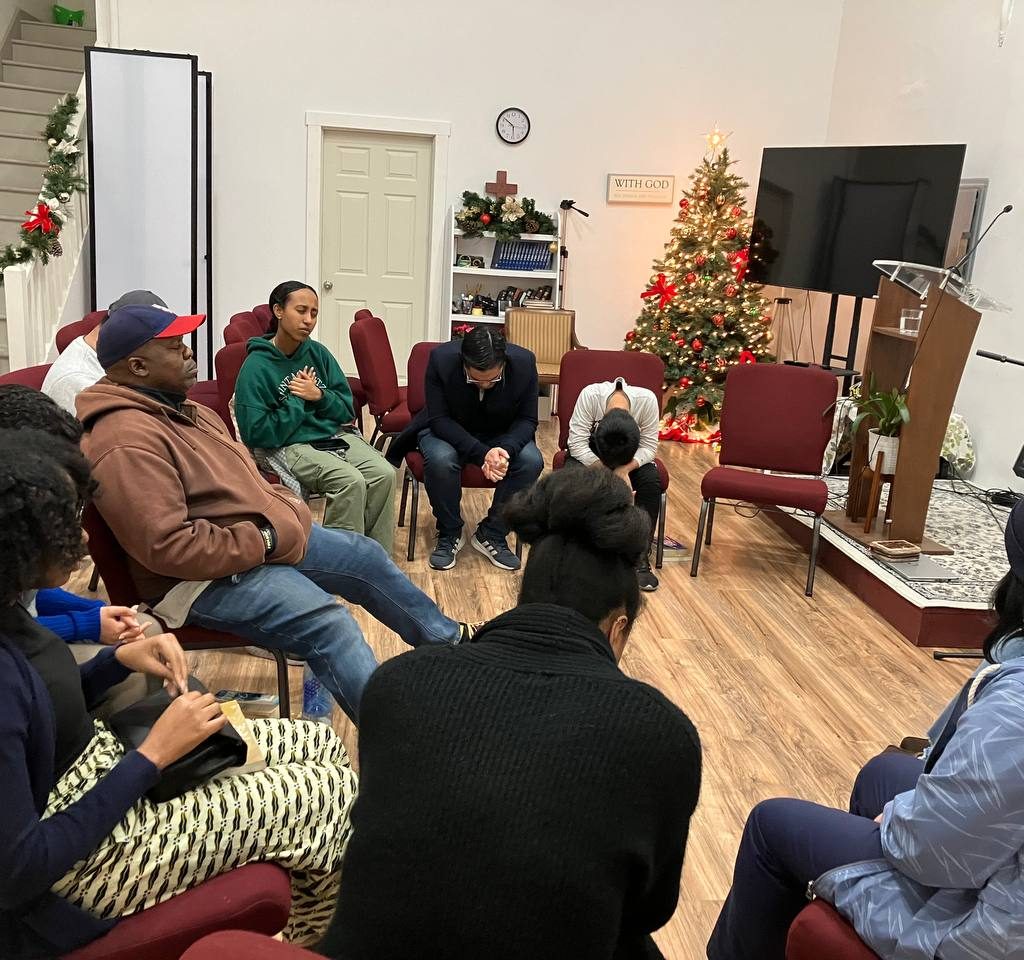The sermon delivered by Pastor Walker Tzeng, was on Mark 8:22-26 entitled “He saw everything clearly”. The following is a summary of the sermon.
They came to Bethsaida, and some people brought a blind man and begged Jesus to touch him. (Mark 8:22)
In Mark 8, we are introduced to a blind man who is brought before the Lord and healed. This miracle, recorded, serves not only as a testament to Jesus’ divine power but also as a symbolic representation of spiritual blindness. The recording in Mark was especially relevant as a message to powerful and capable societies like ancient Rome.
This message also resonates with all of us in modern America today. Self-assurance often masks a deep-seated spiritual blindness and it’s a condition that persists in our times. We are born into a world where our values and beliefs are shaped by a convoluted history, often leading us away from the truth. This passage challenges us to recognize our blindness – to the truths about ourselves, our world, and our need for a savior.
Just as the blind man in the Gospel was brought to Jesus by friends who recognized his need, we too must acknowledge our own spiritual blindness and turn to Christ for healing and salvation.
He took the blind man by the hand and led him outside the village. When he had spit on the man’s eyes and put his hands on him, Jesus asked, “Do you see anything?” He looked up and said, “I see people; they look like trees walking around.” (Mark 8:23-24)
The process of healing for the blind man was unique since it occurred in stages. Initially, the man saw people as trees walking, a partial and unclear vision. This gradual healing mirrors two prevalent attitudes in Jesus’ time, as well as in our own.
First, there were the Pharisees and teachers of the law, burdened by the minutiae of over 600 laws, leading to a life of religious rigor but also spiritual suffocation. This is akin to seeing trees – an awareness of sin and righteousness but lacking clarity and freedom. On the other hand, the Greeks, known for their logic and philosophy, recognized a higher power but lacked a personal understanding of God. Both methods see something, but are ultimately a frustrating and partial.
These two perspectives – legalistic righteousness and logical reasoning about God – represent our own struggles to comprehend God and our place in His plan. Our efforts, whether through action or intellectual reasoning, often leave us feeling stifled, as if we’re seeing only part of the truth. This mirrors our own life experiences, where we sense a path forward but find ourselves impeded by our limitations and complexities.
Once more Jesus put his hands on the man’s eyes. Then his eyes were opened, his sight was restored, and he saw everything clearly. Jesus sent him home, saying, “Don’t even go into the village.” (Mark 8:25-26)
The story culminates with Jesus fully restores the man’s sight. This two-stage healing is reflective of spiritual growth in faith. Initially, we might only grasp the basics – the ‘milk’ of faith, such as the straightforward commandments of the Law. But this is not the end goal. The ‘solid food’ of faith is understanding and embracing the love and sacrifice of Jesus Christ.
Just as Paul adapted his teachings to the Jews and Greeks, acknowledging their respective stages of understanding, we too must recognize that spiritual maturity is a journey. Some might start with a desire for clear, moral directives or intellectual answers about faith – the ‘milk’. But eventually, we must progress to the ‘solid food’ – the core message of Jesus Christ, His crucifixion, and resurrection.
The Gospel is about transforming our lives through the love of Christ, moving from a vague understanding to a clear vision of God’s will. This passage invites us to go back to the Lord and experience a second miracle – being ‘born again’ in the love of the Lord.
Let us pray for the grace of Jesus Christ and the Holy Spirit to open our eyes, enabling us to live in the love of Christ, to see our world, our lives, and God’s kingdom with newfound clarity and purpose.
